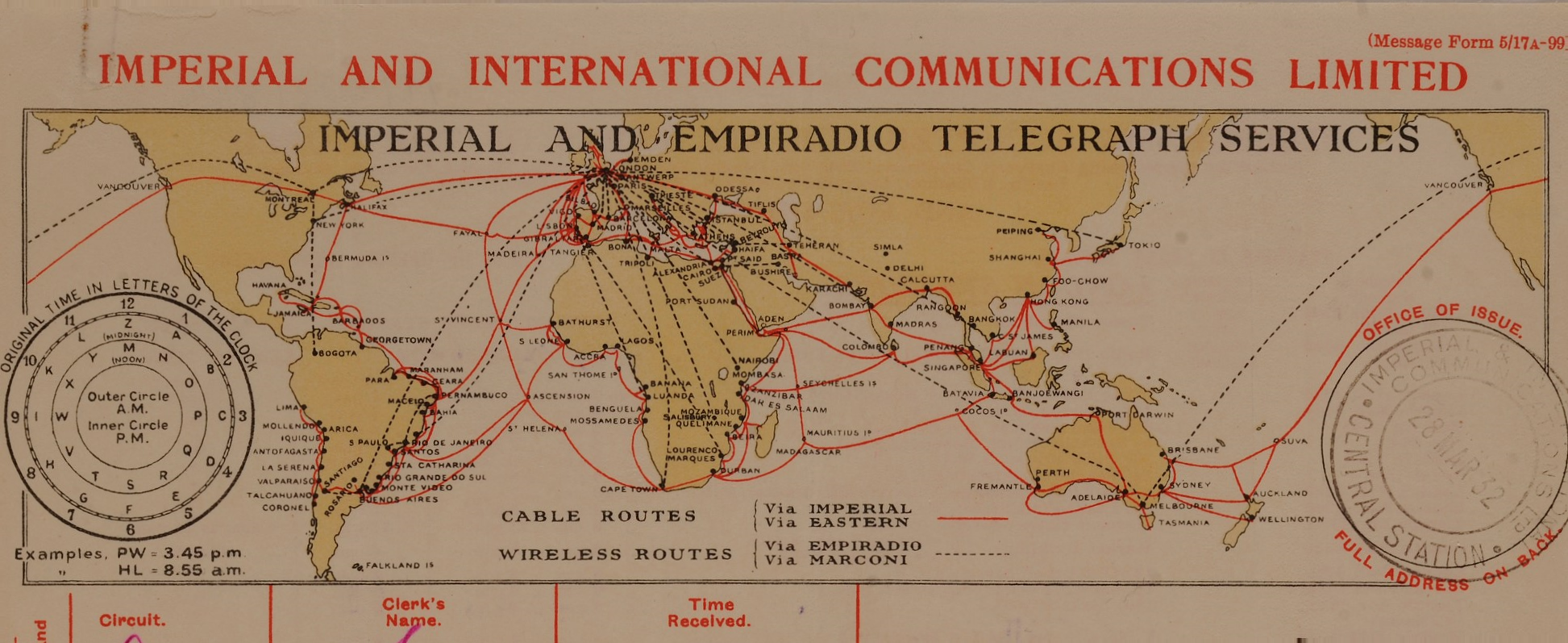
1866. The first Transatlantic Telegraphic Cable
In 1866 a major technological achievement was made with the permanent connection of Europe and America via the first successful submarine telegraph cable. The idea had been around since the mid-19th century, but previous attempts, such as those of 1858, had failed due to technical problems and poor durability of materials. In 1866, with the help of the giant ship Great Eastern, the laying of a new, reinforced cable stretching from Ireland to Newfoundland in Canada was completed. The morning after the first message was broadcast, the front page of The Times of London read: " It is a great work, a glory to our age and nation, and the men who have achieved it deserve to be honoured among the benefactors of their race."
From 8 to 120 words per minute
As for speed, the 1866 cable could transmit 8 words per minute. Inductive resistance caused severe dispersion and therefore distortion of the signal. It was not until the beginning of the 20th century that the speed of transatlantic cables reached 120 words per minute with the installation of charging coils.
Globalization era STOP...
This technological innovation has had a huge impact on global communication. Letters that took weeks to get from one continent to another could now be transmitted in minutes by telegraph. A letter took 72 days to get from London to Sydney in 1852. In 1872 (when England was connected to Australia by submarine cable) a telegram took 24 hours. Politics, economics and trade changed radically as governments and businesses could communicate instantly. This connection is seen as a precursor to today's global communications network and one of the first great steps towards the age of globalisation.
Photo: Map of the Eastern Telegraph Company's world network, 1934.
Monday – Friday
10:00-17:00
(last entry on 16:00)
Two Sundays each month
10:00-16:00